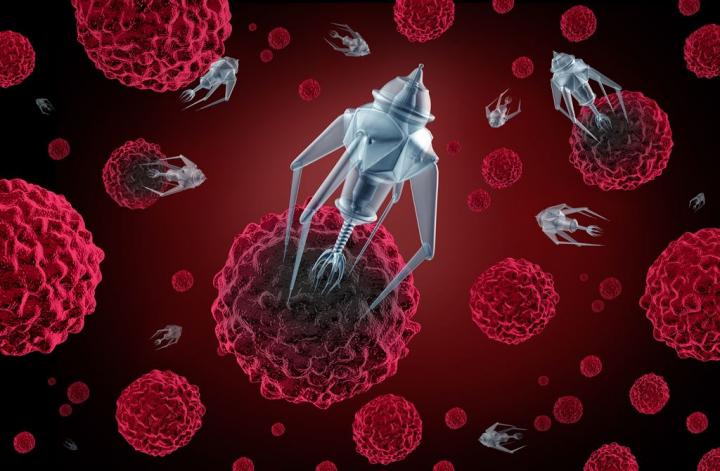Using a double layer of lipids facilitates assembly of DNA origami nanostructures, bringing us one step closer to future DNA nanomachines, as in this artist’s impression (credit: Kyoto University’s Institute for Integrated Cell-Material Sciences)
Kyoto University scientists in Japan have developed a method for creating larger 2-D self-assembling DNA origami nanostructures.
Current DNA origami methods can create extremely small two- and three-dimensional shapes that could be used as construction material to build nanodevices, such as nanomotors, in the future for targeted drug delivery inside the body, for example. KurzweilAI recently covered advanced methods developed by Brookhaven National Laboratory and Arizona State University’s Biodesign Institute.
